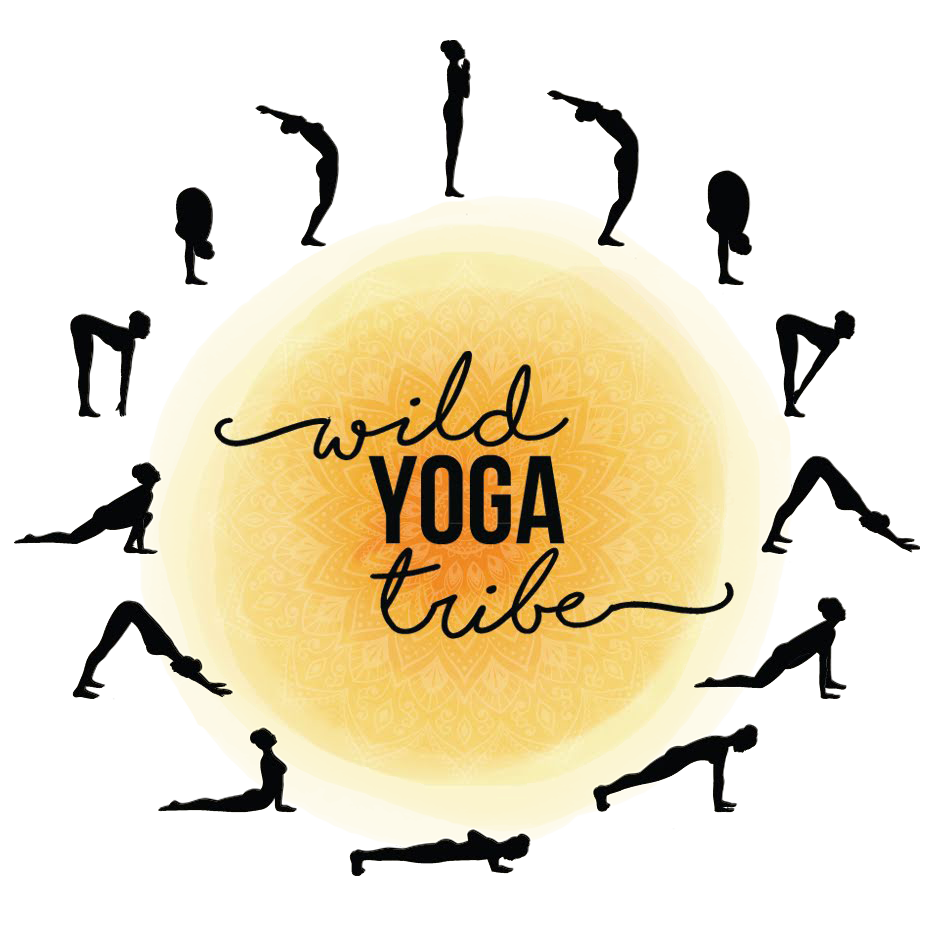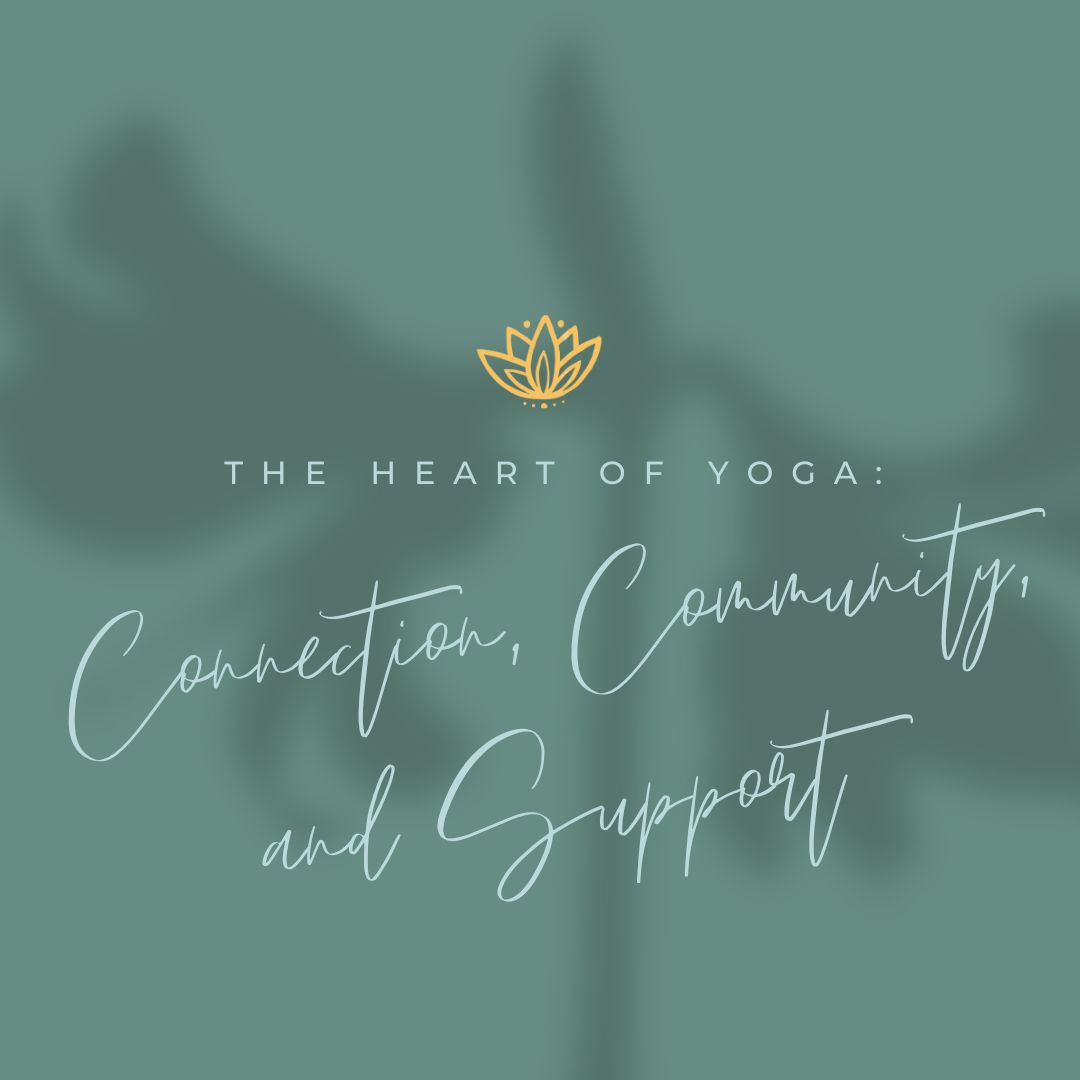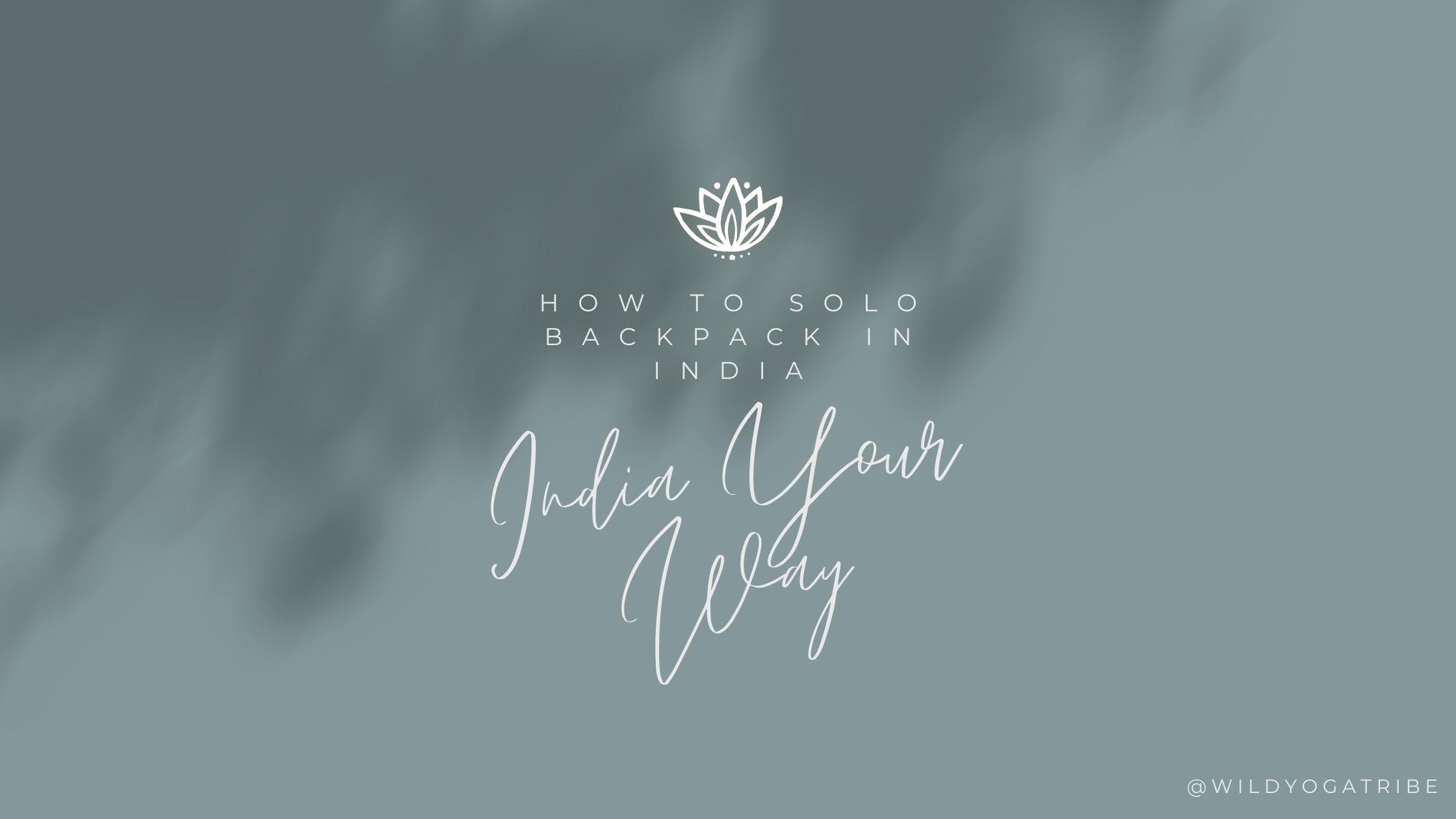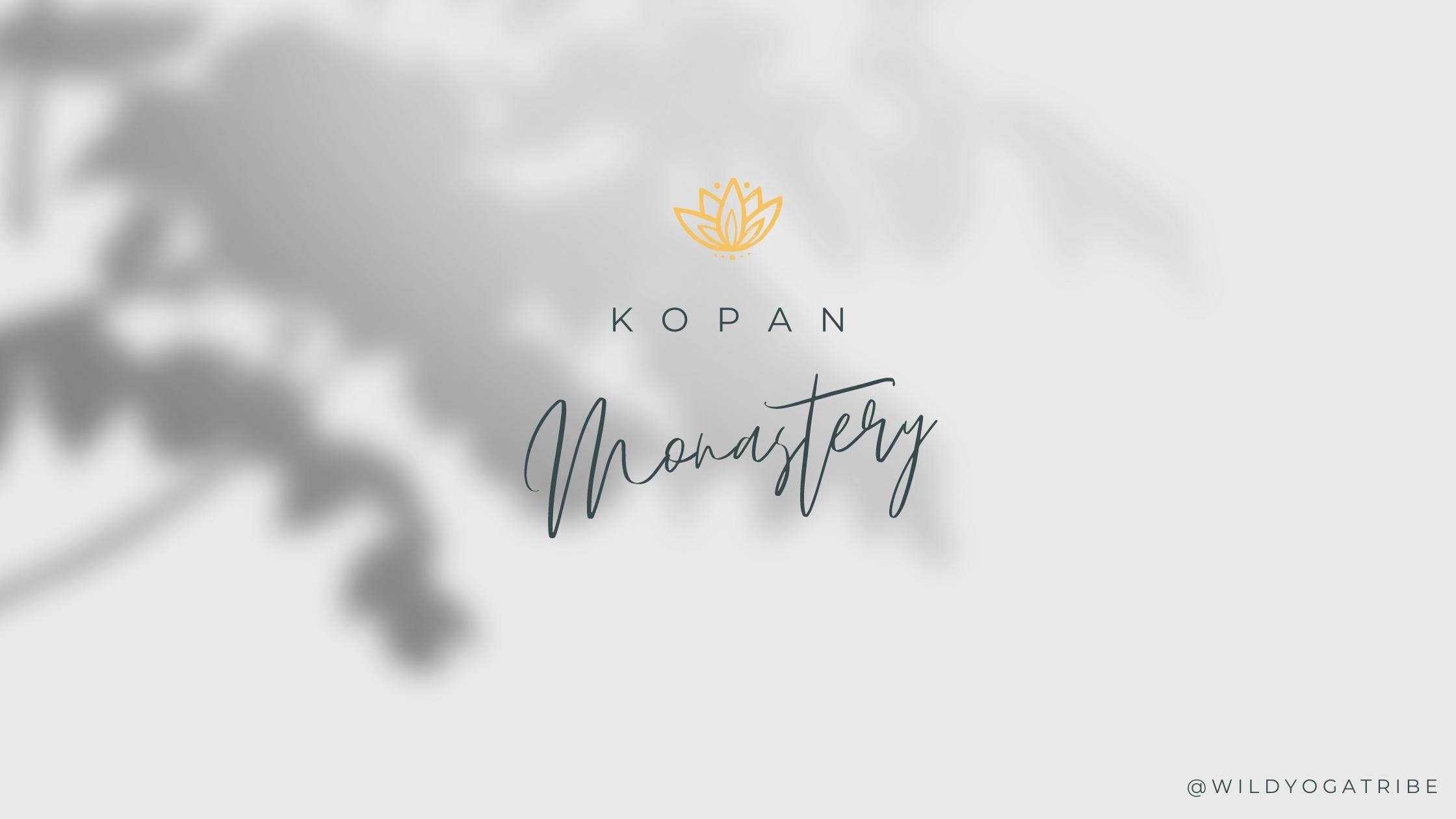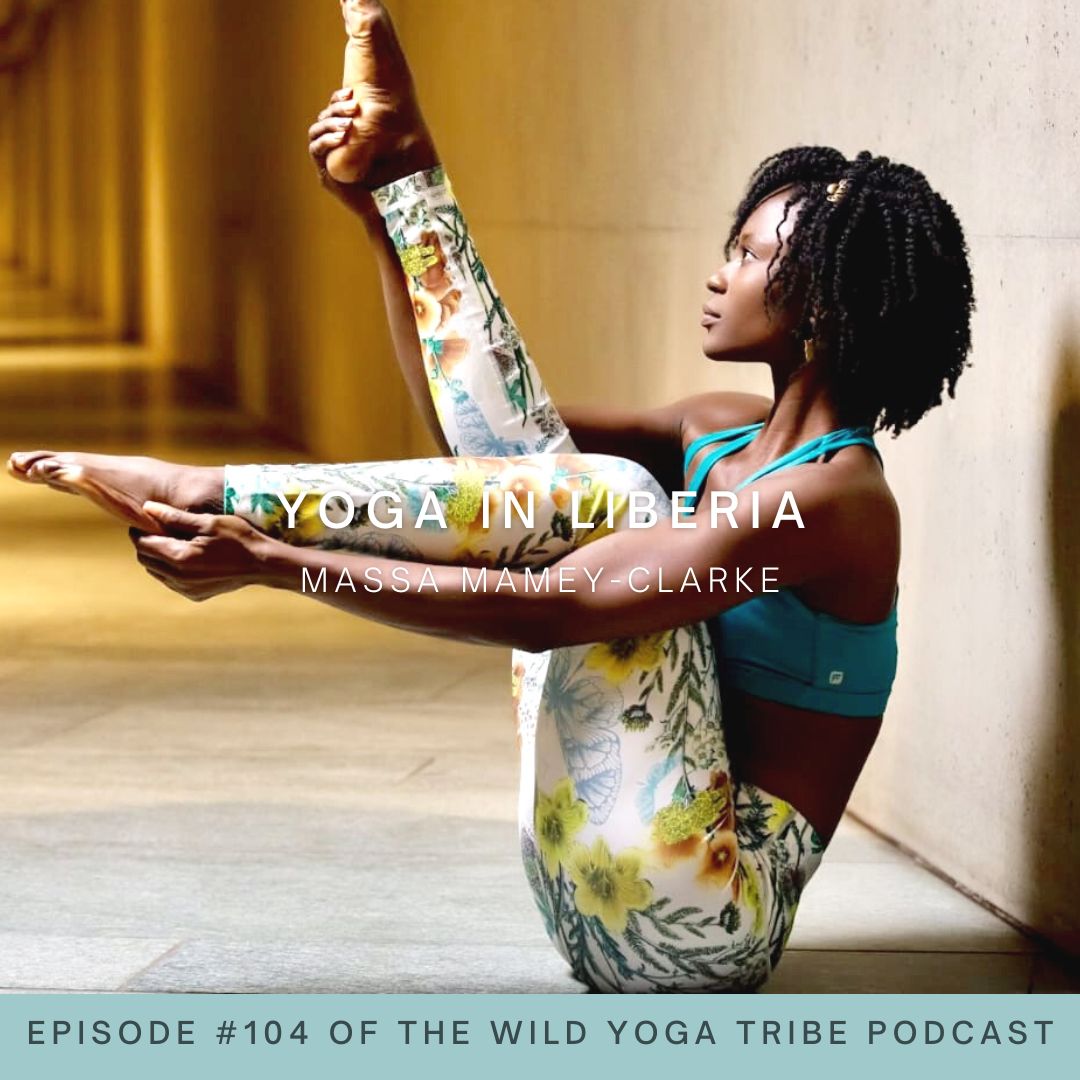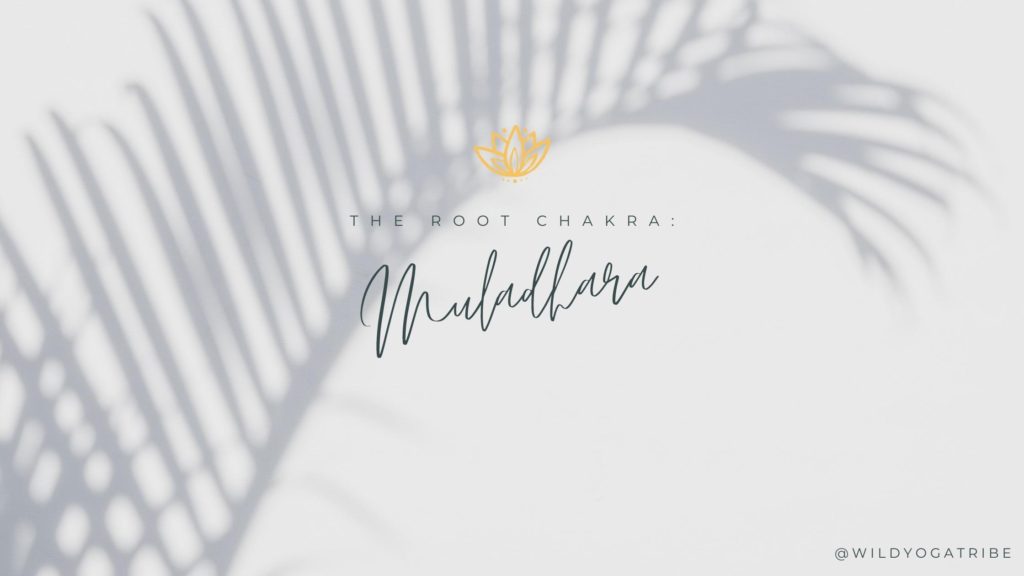
The first chakra in the chakra system is the root chakra, named in sanskrit as Muladhara. “Mula” means “root” and “adhara” translates to either “support” or “base.” Our root chakra is the foundation for all the other chakras, the base from which the other chakras build on top of.
Energy accumulates here in the root chakra. You can think of it like the way water pools at the bottom of a bottle. In this same way, energy amasses here at the base and if unhindered, unblocked, and perhaps even encouraged, energy can be sent upwards to the other chakras and revitalize the entire chakra system.
Where Is The Root Chakra In My Body?
Chakras do not exist in the physical sense, as they are not contained in a physical entity. However, the root chakra is located at the very bottom of the spine, and the pelvic floor. The root chakra exists at the coccygeal plexus.
The Root Chakra: Earth Element
The element associated with the root chakra is earth. This element is the heaviest of all the elements, which provides the solid foundation we need as a base. The earth element is also linked to the solidity of matter, which translates to our relationship with our body itself. Our relationship with and awareness of our bodies dwells here in the first chakra. If we feel firmly rooted in our bodies, and actually in our life as a whole, then that is attributed to a healthy first chakra.
What Is The Root Chakra All About?
The root chakra is the basis for our physical identity. The root chakra’s main objective is self-preservation. That means that the “fight-or-flight” response is energetically lodged here. The principles that the root chakra are responsible is foundation, home, safety, security, and physical well being.
It is here in Muladhara that we learn to identify with the body, intuitively learning when it needs to be fed, or taken care of when sick, or sleep when tired. The root chakra is programmed with the knowledge of how to nourish ourselves and take care of ourselves. Learning to trust our bodies, and to be grounded inside them is also a cornerstone of the root chakra.
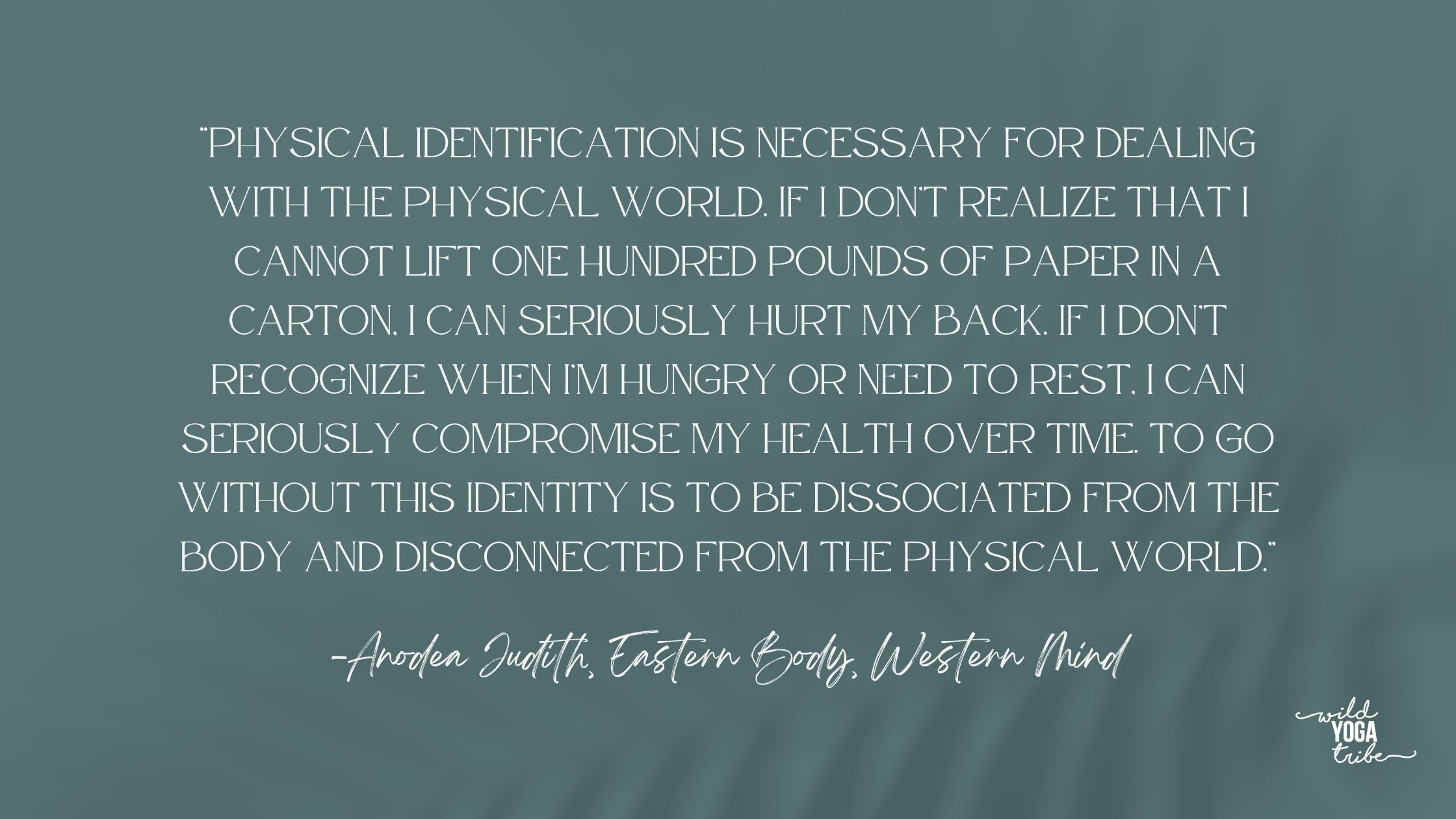
A Balanced and Unbalanced Root Chakra
How do I know if my muladhara is balanced? I know, weird to think about right? It’s not usually a matter of yes or no here, it’s a matter of recognizing and identifying what the muladhara wants to achieve: self-preservation and safety, and also how it functions as the foundation for our entire system. Often chakras are not completely in balance, or they may go through phases of being more or less in balance. You might have blocks in certain aspects, or you might have deficiencies or excesses in the way the chakra’s energy expresses itself.
To take a broad brushstroke to knowing if the muladhara is balanced, then if you are feeling well grounded, comfortable in your body, and enjoying good health, it’s likely that your root chakra is balanced. If you generally, day to day, feel mostly safe and stable, then it’s a good sign that your root chakra is balanced. Other factors to a balanced muladhara is having the right livelihood, financial stability, and having good relationships with your family.
How do I know if my root chakra is unbalanced? If you’re feeling like you cannot connect to your body or are having weight issues, or feeling constantly fearful and anxious, experiencing laziness and constant tiredness, you are likely imbalanced in the root chakra. Do you feel at home in your body or at home inside your actually home? If the answer is no, then that is a sign of imbalance as well. If you had birth trauma, breastfeeding difficulties, malnourishment, abandonment, or poor physical bonding with the mother, these traumas can all factor into a blocked root chakra. Other signs of a blocked root chakra is greed and material fixation, as such a person would be desperately trying to to build a stronger foundation outside of the self, rather than looking inwards and working on building a more stable inner foundation.
How To Heal The Root Chakra?
As the root chakra is the base of our chakra system, it is vital to have a solid base to stand on. Our sense of safety and stability is crucial to overall wellbeing and to trusting ourselves and the world around us. If we cannot trust ourselves, how can we trust the universe? If we do not trust the universe, or a higher power, then how can we surrender everything we grip so tightly in anxiety and fear?
Wonderful healing practices for the muladhara chakra is working on reconnecting to the body. In my opinion this is best achieved through massage and through yoga. Massage can either be self-massage, which can be very healing to get physically in touch with your body by feeling the muscles, tensions, and tendons in different parts of your body. I recommend massaging the calves and the arms. Also, buying a small foot massage ball is incredible for the root chakra. Since the feet are our standing-base, getting knots and kinks out of the feet helps us to feel even more stable, as we can stand firmly on our own two feet.
Yoga is very healing for the root chakra. In yoga, you learn how to be exquisitely aware of your body. You center yourself on your breath, as you move your body into different shapes. A teacher will guide you in each asana and you will have to learn how to feel if you arms are aligned, if your back heel is at a 45 degree angle, if your inner thighs are rotated inwards or outwards.
Developing sensitivity to the subtleties of the body and its precise position greatly affects our sense of feeling grounded and rooted in our body. My favorite yoga asanas for the root chakra are child’s pose (balasana), any seated pose such as lotus, half lotus, or cross-legged (padmasana, ardha padmasana, sukhasana), and garland pose (malasana). In these poses, focus on your breath and on surrendering, letting go, and cultivating a sense of grounding.
Root Chakra Overview
Name: Muladhara (Root)
Element: Earth
Color: Red
Basic Principle: Foundation, Home, Safety, Security, Family Physical Will of Being
Location: Base of spine at coccygeal plexus
Associated Gland: supination gland
Negative Power: Fear
Basic Rights: To be here and have.
Physical Ailments: Disorders of the bowel, bones or teeth, eating disorders and frequent illness
Aroma: Cedar and clove
Yoga Poses: balasana, padmasana, ardha padmasana, sukhasana, and malasana.
Stones:
- Agate: The stone of inner stability. Provides seriousness, fairness, and helps dissolve negative emotions and relieves anxiety.
- Garnet: The stone of health. Enhances drive, willpower, self-confidence and sex. It also aides with commitment and stability, and has protective and calming energy.
- Jasper: Supreme nurturer stone. It is grounding, stabilizing, and comforting. It is the elemental earth stone and is also a powerful protection stone that shamans wore.
Want more? Check out the Wild Yoga Tribe podcast!
https://wildyogatribe.com/podcast/
Tune into the Wild Yoga Tribe podcast on Apple Podcasts or on Spotify! If you feel called, please subscribe and give a review!
Questions? Comments? Let’s get social!
https://www.instagram.com/wildyogatribe/
https://www.facebook.com/wildyogatribe
https://twitter.com/wildyogatribe
Mediate with me: https://insig.ht/6gFTaXHlogb
Flow with me: https://www.youtube.com/c/WildYogaTribe
Book a private yoga or meditation class with me: https://wildyogatribe.com/yogaclasses
Everything you need is just one click away! Check out all the resources here: https://linktr.ee/wildyogatribe
How do you connect with your root chakra? Let me know in the comments below!
